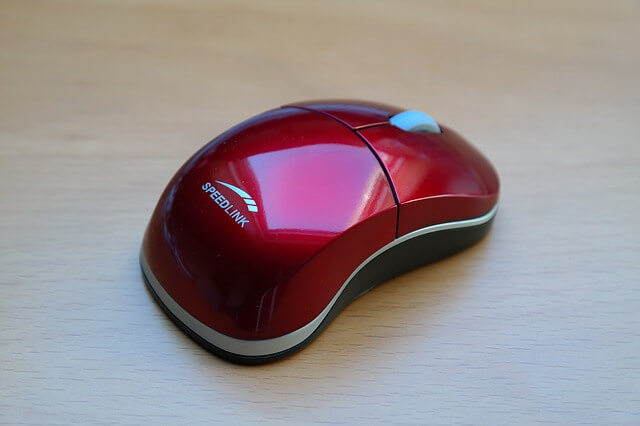The Douglas Engelbart’s invention, the ball mouse was widely used before the start of the 21st century. But in the 1990s it failed to offer any good competition to the Agilent Technologies developed optical mouse.
Apart from all the various advantages, it provides the computer users ability to be use it on almost any surface. This unfortunately wasn’t possible in the case of the Douglas Engelbart’s ball mouse. In this article you will understand how the optical mouse works and the advantages it has over the ball mouse.
This Is How Optical Mouse Works:
The name ‘Optical Mouse’ comes from the ability of the mouse to act as a high-speed camera and image processor.
The optical mouse works in a very different way as compared to the ball mouse. It features an LED (light emitting diode) and a photo detector very close to each other. The LED illuminates the surface underneath it.
The photo detector then collects all the light that is bounced off the surface. It employs a lens which collects all this light and directs it towards the CMOS (Complementary Metal Oxide Semiconductor) sensor.
The photo detector acts like a high speed camera and sends more than a 1500 pictures per second to the CMOS sensor through the lens.The primary aim of these large images in that short time is to ensure the sequential images overlap and show a very small difference.
The CMOS sensor sends all the images it received to the digital signal processor (DSP) which is also called the optical navigation engine.
The optical navigation engine can be considered to be the brain of the optical mouse. It collects all the images and carefully computes all the changes between different images.
In real time, this process occurs at tremendous speeds. As you move your optical mouse a little, by then nearly the optical navigation engine reads around 1500 images which consist the details of the motion and immediately communicates with the computer and sends the exact coordinates.
Based on these coordinates from time to time the computer controls the motion of the pointer.
By now you have understood how the mouse pointer moves very smoothly. Now we look into the various advantages the optical mouse offers users over the ball mouse.
1.) It has no moving parts.
2.) Can be used on any surface, even mouse pads are not necessary (even on curved or soft fabric).
3.) No need to clean the mouse regularly (as it is not possible for dirt and dust particles to enter inside).
4.) Much smoother performance.
5.) Very low chances of failure.
All these are few special features or advantages the optical mice have over the ball mouse. Simply without saying it goes that owing to their special standards, the optical mouse is one of the finest technologies today.


